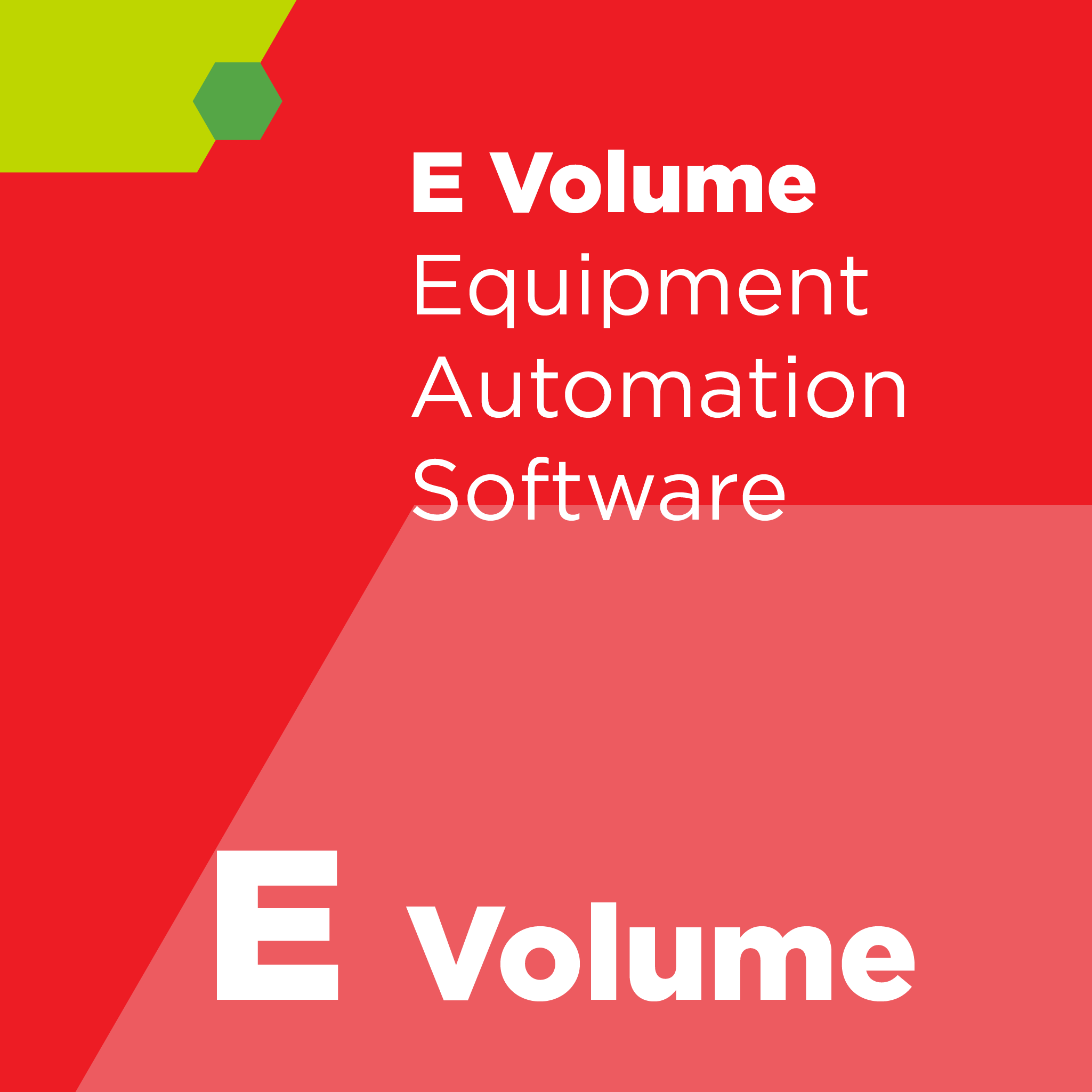
SEMI E30 - Specification for the Generic Model for Communications and Control of Manufacturing Equipment (GEM) -
Abstract
* This Standard has the option to purchase the Current document with a redline document (Current + Redline). The redline document is included with the Current document as a comparison tool to help identify changes that have been made between the Current version and the previous version (Superseded). If differences should exist between the redline document and the Current document, the Current version is the official and authoritative version.
1 Purpose
1.1 GEM defines a standard implementation of SECS-II for all semiconductor manufacturing equipment. The GEM Standard defines a common set of equipment behavior and communications capabilities that provide the functionality and flexibility to support the manufacturing automation programs of semiconductor device manufacturers. Equipment suppliers may provide additional SECS-II functionality not included in GEM as long as the additional functionality does not conflict with any of the behavior or capabilities defined in GEM. Such additions may include SECS-II messages, collection events, alarms, remote commands, processing states, variable data items (data variables, status variables or equipment constants), or other functionality that is unique to a class (etchers, steppers, etc.) or specific instance of equipment.
1.1.1 GEM is intended to produce economic benefits for both device manufacturers and equipment suppliers. Equipment suppliers benefit from the ability to develop and market a single SECS-II interface that satisfies most customers. Device manufacturers benefit from the increased functionality and standardization of the SECS-II interface across all manufacturing equipment. This standardization reduces the cost of software development for both equipment suppliers and device manufacturers. By reducing costs and increasing functionality, device manufacturers can automate semiconductor factories more quickly and effectively. The flexibility provided by the GEM Standard also enables device manufacturers to implement unique automation solutions within a common industry framework.
1.1.2 The GEM Standard is intended to specify the following:
• A model of the behavior to be exhibited by semiconductor manufacturing equipment in a SECS-II communication environment,
• A description of information and control functions needed in a semiconductor manufacturing environment,
• A definition of the basic SECS-II communications capabilities of semiconductor manufacturing equipment,
• A single consistent means of accomplishing an action when SECS-II provides multiple possible methods, and
• Standard message dialogues necessary to achieve useful communications capabilities.
1.1.3 The GEM Standard contains two types of requirements:
• fundamental GEM requirements and
• requirements of additional GEM capabilities.
1.1.4 The fundamental GEM requirements form the foundation of the GEM Standard. The additional GEM capabilities provide functionality required for some types of factory automation or functionality applicable to specific types of equipment. A detailed list of the fundamental GEM requirements and additional GEM capabilities can be found in § 11, GEM Compliance.
1.1.5 Equipment suppliers should work with their customers to determine which additional GEM capabilities should be implemented for a specific type of equipment. Because the capabilities defined in the GEM Standard were specifically developed to meet the factory automation requirements of semiconductor manufacturers, it is anticipated that most device manufacturers will require most of the GEM capabilities that apply to a particular type of equipment. Some device manufacturers may not require all the GEM capabilities due to differences in their factory automation strategies.
2 Scope
2.1 The scope of the GEM Standard is limited to defining the behavior of semiconductor equipment as viewed through a communications link. The SEMI E5 (SECS-II) Standard provides the definition of messages and related data items exchanged between host and equipment. The GEM Standard defines which SECS-II messages should be used, in what situations, and what the resulting activity should be.
Referenced SEMI Standards
SEMI E4 — Specification for SEMI Equipment Communications Standard 1 Message Transfer (SECS-I)
SEMI E5 — Specification for SEMI Equipment Communications Standard 2 Message Content (SECS-II)
SEMI E37 — Specification for High-Speed SECS Message Services (HSMS) Generic Services
SEMI E42 — Recipe Management Standard: Concepts, Behavior, and Message Services
SEMI E139 — Specification for Recipe and Parameter Management (RaP)
SEMI E172 — Specification for SECS Equipment Data Dictionary (SEDD)
SEMI E173 — Specification for XML SECS-II Message Notation (SMN)
Revision History
SEMI E30-0725 (technical revision)
SEMI E30-0125 (technical revision)
SEMI E30-1024 (technical revision)
SEMI E30-0224 (technical revision)
SEMI E30-0423 (technical revision)
SEMI E30-0520 (technical revision)
SEMI E30-0418 (technical revision)
SEMI E30-0717 (technical revision)
SEMI E30-0416 (technical revision)
SEMI E30-0611 (technical revision)
SEMI E30-0307E2 (editorial revision)
SEMI E30-0307E (editorial revision)
SEMI E30-0307 (technical revision)
SEMI E30-1103E2 (editorial revision)
SEMI E30-1103E (editorial revision)
SEMI E30-1103 (technical revision)
SEMI E30-0703 (technical revision)
SEMI E30-0303 (technical revision)
SEMI E30-1000 (technical revision)
SEMI E30-0600 (technical revision)
SEMI E30-0200A (technical revision)
SEMI E30-0200 (technical revision)
SEMI E30-0299 (technical revision)
SEMI E30-0998 (technical revision)
SEMI E30-0298 (technical revision)
SEMI E30-0997 (technical revision)
SEMI E30-1296 (technical revision)
SEMI E30-0996 (technical revision)
SEMI E30-95 (technical revision)
SEMI E30-94 (technical revision)
SEMI E30-93 (first published)
 |
Interested in purchasing additional SEMI Standards? Consider SEMIViews, an online portal with access to over 1000 Standards. |
Refund Policy: Due to the nature of our products, SEMI has a no refund/no exchange policy. Please make sure that you have reviewed your order prior to finalizing your purchase. All sales are final.

This product has no reviews yet.